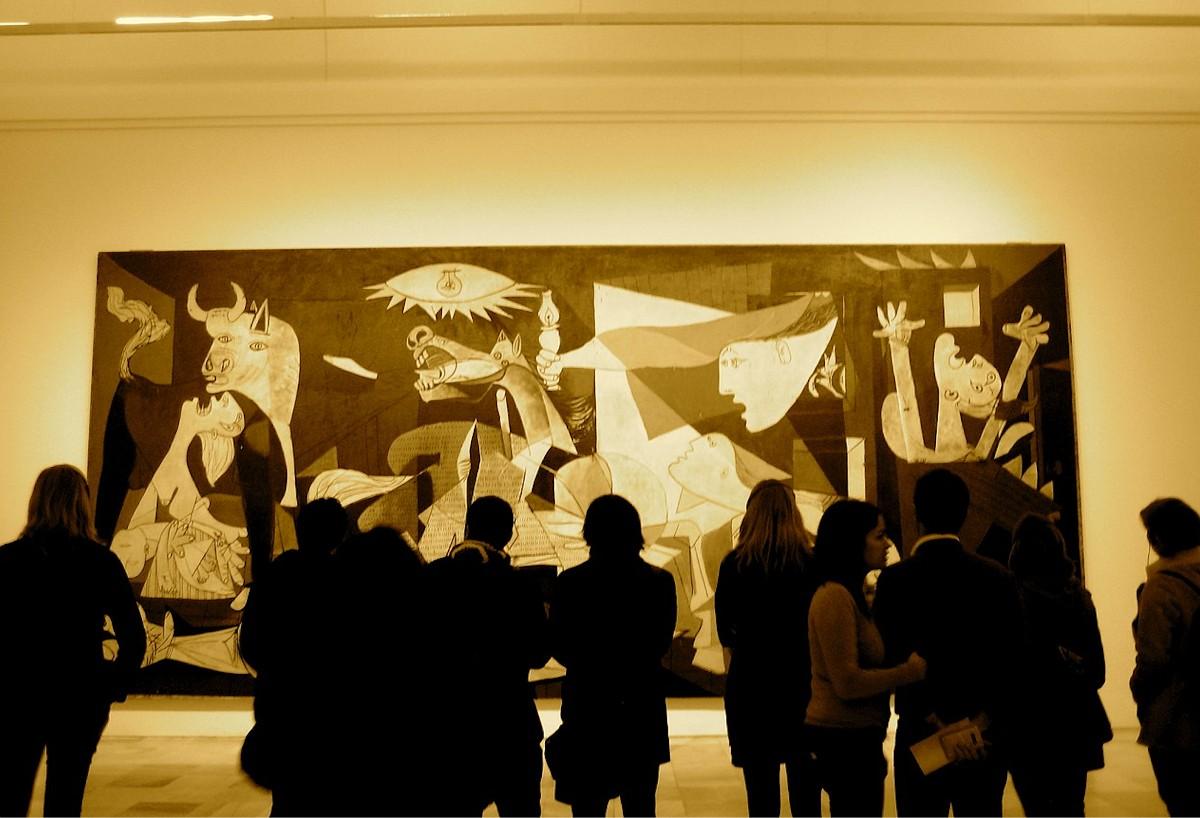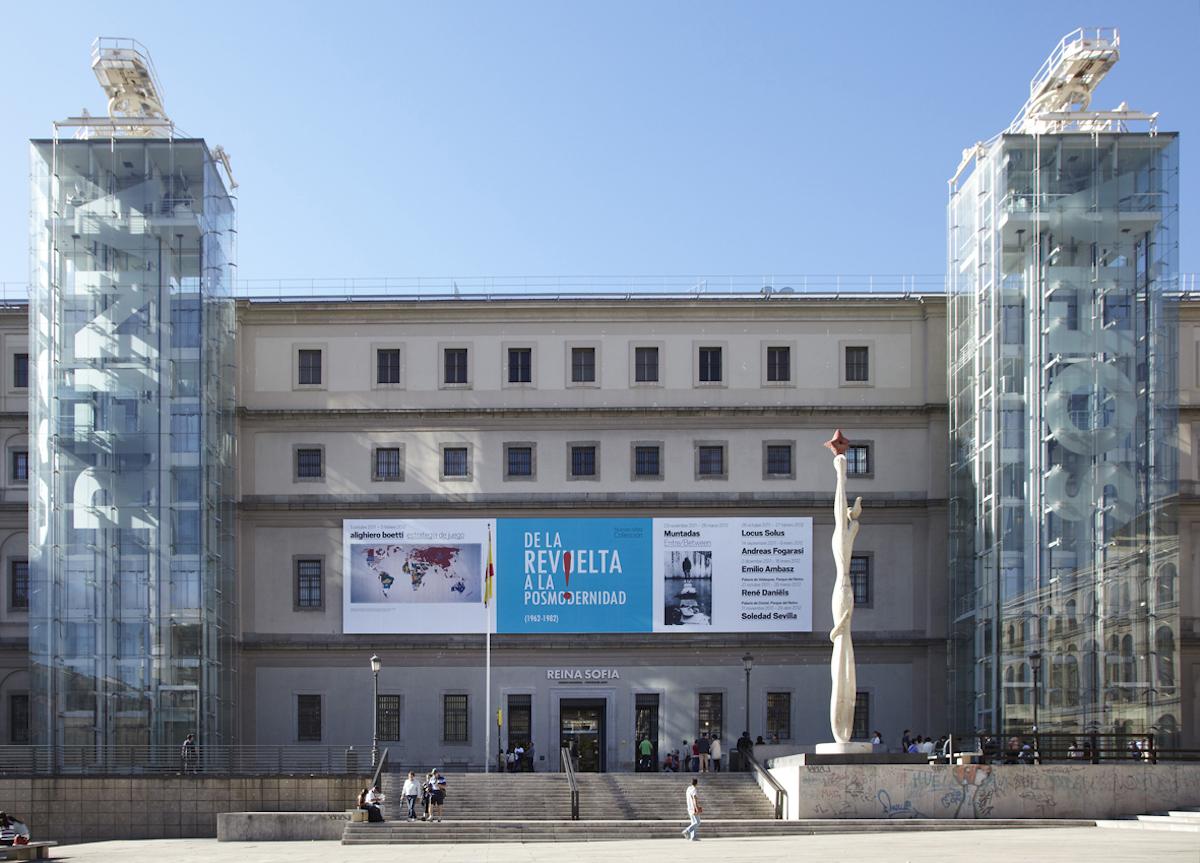Though this move is great in terms of allowing photographic accessibility, especially to the younger generations who are more reliant on screens, the reasoning behind the move is regrettable. While it aims to reduce the time viewers spend in front of the work for a respectable reason—visitor flow and traffic—it inadvertently diminishes the profound experience of engaging with the artwork. Allowing photographs may encourage superficial, distracted viewing, with visitors more focused on capturing an image for social media than truly absorbing the emotional impact of the painting.
Take the Mona Lisa, for example, another masterpiece, this one at Paris's Louvre Museum. Photos of the work aren’t just allowed, but are snapped at a dizzying speed by hundreds of people who wait in a giant line to get their shot. As art critic Jonathan Jones so eloquently put it in his 2009 piece on the matter, "With a modicum of respectful quiet, this would be a rewarding experience for everyone." But, he noted, “the Louvre’s custodians stand by and let people yell, scream, and snap away.”
Picasso’s Guernica is a powerful anti-war statement, deserving of contemplation and reflection. Allowing photos risks diluting the solemnity and significance of the piece, undermining the depth of understanding and connection that can be achieved in front of such a historic and moving work of art. Looking back at my dramatic experience, I feel lucky to have had the moments of silent contemplation in front of Guernica, but acknowledge that I too had to get my picture and am as much a victim of contemporary culture as anyone else for whom these rules were designed. I just hope that the crowds are more respectful in Madrid than they are in Paris.






























